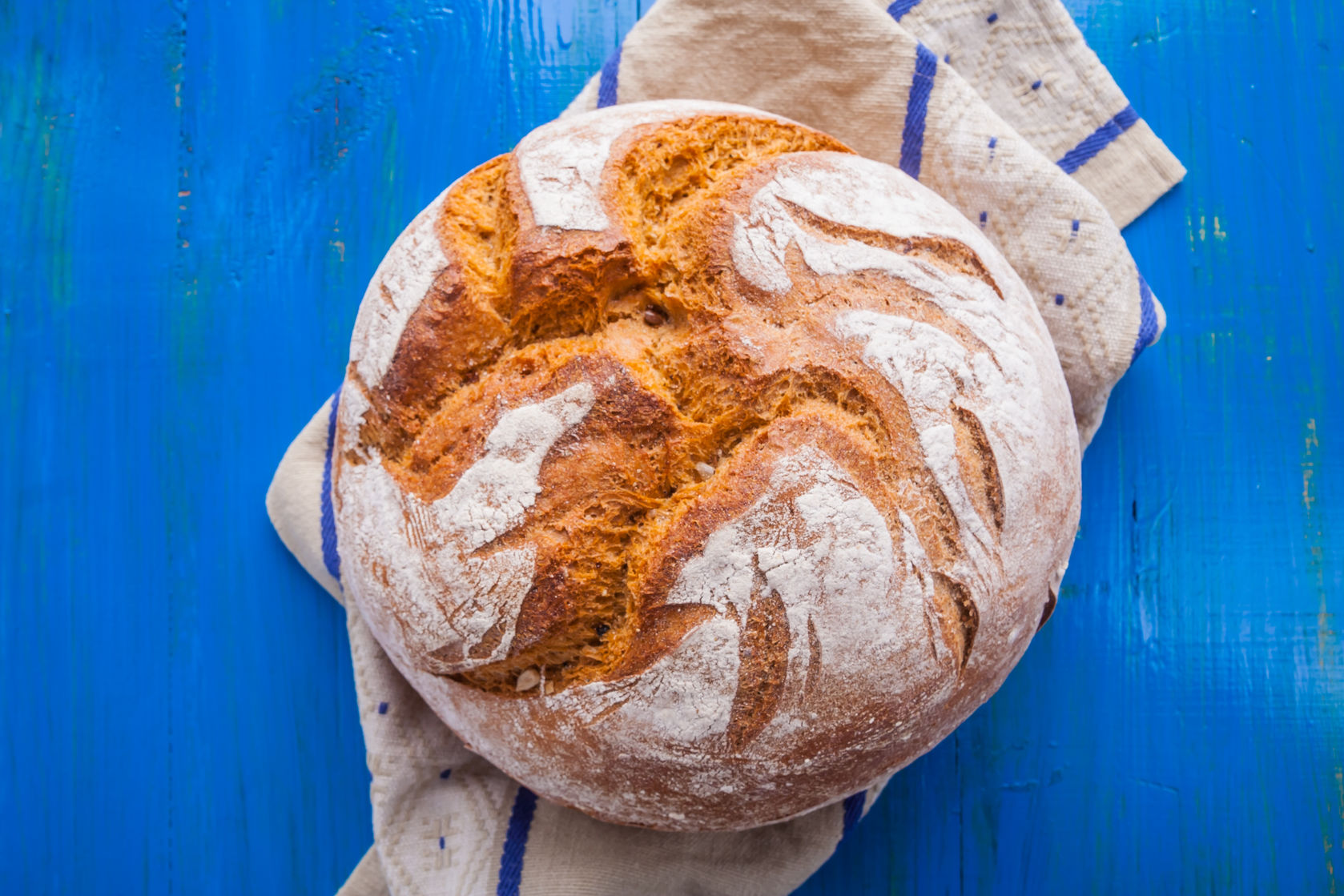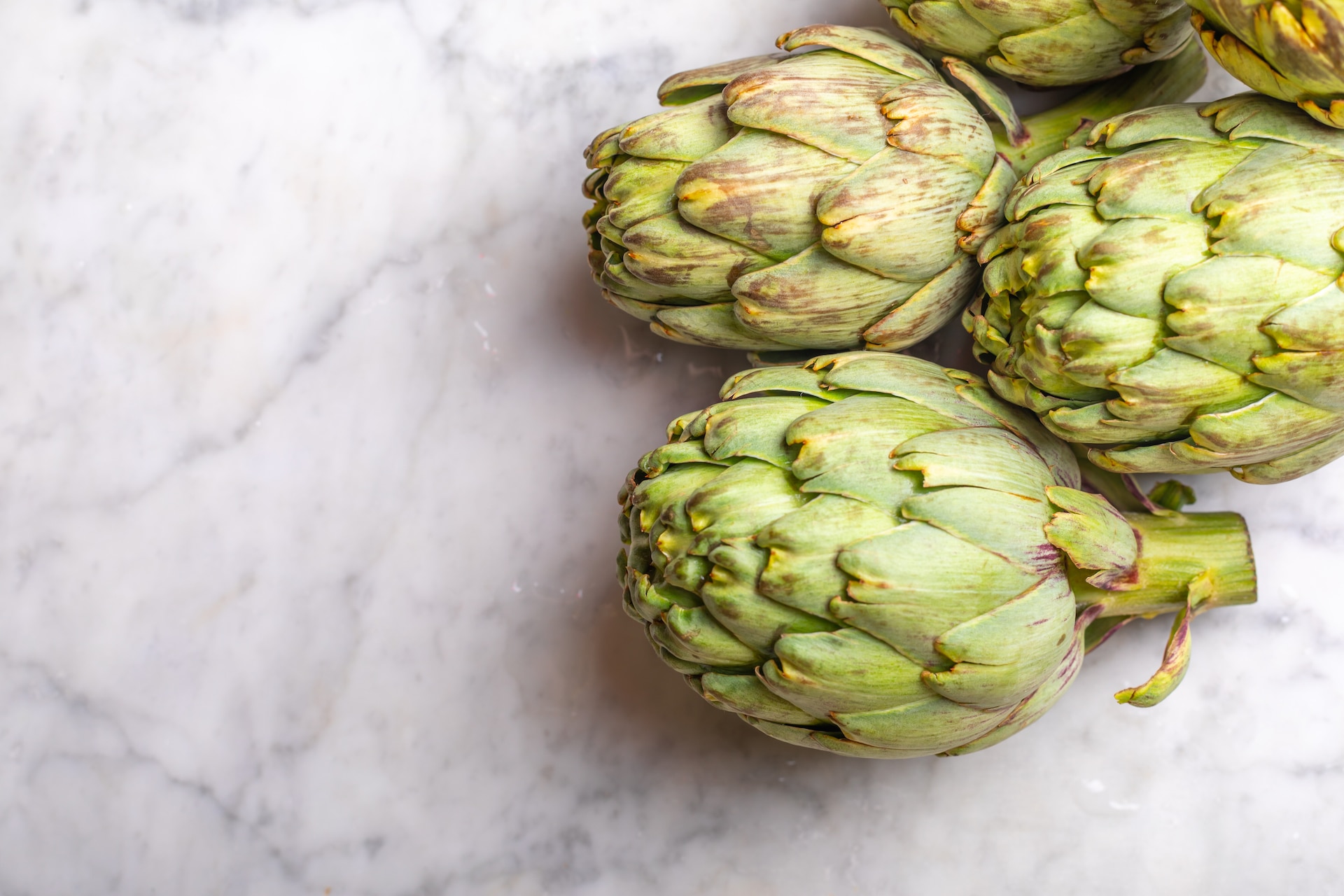Home » Eat Empowered » Diets Decoded: Dukan Diet
We’re going to let you in on a little secret. Most popular healthy diets that are touted for weight loss—from Paleo to Mediterranean and vegetarian—share many of the same basic principles. All involve eating whole foods (as opposed to packaged and processed) and filling your plate with quality sources of protein, healthy fats, complex carbohydrates, and vitamin-, mineral-, and fiber-rich vegetables. (Again, we’re talking about the ones that fall somewhere on the healthy spectrum, not unhealthy fad diets like, ahem, the Grapefruit Diet. However, each proposes a slightly different path that leads to fulfilling those principles. In this column, we’ll be breaking them down for you one by one so you can figure out which (if any!) is right for you. We’ll quickly explain the facts and then provide quick, actionable tips on how to follow the diet as part of a Nutritious Life.
Created by Dr. Pierre Dukan, a French doctor who specializes in weight management, the Dukan Diet promises to help you lose weight fast and permanently, all while being able to eat as much as you like. Sounds like a dream? We’ve got the Dukan Diet decoded.
What is the Dukan Diet?
The Dukan Diet is a high-protein, low-carb and low-fat diet that is divided into four phases: two phases to help you shed the weight and two phases that help you keep it off. The length of each phase depends on how much weight you want to lose in order to reach your “true weight,” which the diet describes as the weight you can reach without struggling or restricted eating. Before you start the diet, you’ll need to calculate this true weight using a variety of factors such as age, gender, weight history, and bone structure.
What You Eat
Attack phase (1-7 days): During this first phase, you’ll be eating a protein-only diet. You can choose from a list of sixty-eight lean protein sources such as meat, poultry, fish, tofu, and eggs. The only other food permitted is 1.5 tablespoons of oat bran per day and an unlimited amount of konjac, an Asian root vegetable, for added fiber.
Cruise phase (1-12 months): In this phase, you start introducing 32 diet-approved vegetables by alternating between protein-only days and lean protein plus non-starchy vegetable days. Konjac, two tablespoons of oat bran and one teaspoon of olive oil per day are also permitted.
Consolidation phase (5 days for every pound lost in phases 1 and 2): Small amounts of fruits and starchy vegetables, whole grain bread, and cheese can be added back into your diet along with the approved list of 100 protein and vegetable foods and your daily dose of konjac, oat bran and olive oil. However, you need to reserve one day a week for a protein-only diet.
Stabilization phase (for life): While all foods are allowed in this phase, you’re encouraged to monitor the foods you eat to prevent weight gain. The diet recommends you focus on consuming protein, non-starchy vegetables and some fruit. Cheese, starchy foods, and treats should be eaten sparingly. Three tablespoons of oat bran per day and one protein-only day per week is also recommended.
What You Don’t Eat
With so much emphasis on protein, you won’t be eating a lot of foods high in carbs and fat on this diet. Grains, fruit, nuts, seeds, legumes, processed foods, and sweets are kept to a minimum.
Pros and Cons
Unlike many weight-loss diets, there are no calorie restrictions or limits on how much you can eat. The high protein content will keep you satisfied, so you probably don’t have to worry about getting hangry. Plus, the emphasis on fiber-rich veggies will also help fill you up, provide important nutrients, and help aid in weight loss.
That being said, there are a lot of restrictions on the types of foods you can eat, including nutritious options like whole grains, fruit, nuts, seeds, and legumes. Skimping on carbs and fat could mean you’re missing out on many essential nutrients and health benefits. Healthy fats, for example, are not only needed to absorb fat-soluble vitamins, but they also can help you lose weight by keeping you satisfied. While research is limited on this diet, one study surveyed 51 women on the Dukan Diet and found that they consumed high amounts of potassium, iron, vitamins A, D, and B2 and animal protein. However, they weren’t meeting recommended levels of fruits, vegetables, vitamin C and folate.
All the rules and food restrictions can also make this diet difficult to follow, stressful, and exclude tasty ingredients that can make your meals actually enjoyable.
The Bottom Line
If you like lots of rules and are looking to lose weight, then this diet may be effective. But we know that health is more than just about weight, and this diet excludes plenty of nutritious, flavorful foods that are needed to support your overall health and happiness. If long-lasting results are what you’re looking for, you’ll be better off skipping this restrictive diet and aiming for a balanced diet rich in a variety of whole foods instead.
(photo credit: Shutterstock)
MS in Nutrition Interventions, Communications, and Behavior Change
RECENT ARTICLES

Want a sneak peek inside the program?
Get FREE access to some of the core training materials that make up our signature program – Become a Nutrition Coach.
Get Access Eat Empowered
Eat Empowered













































































































































































































































































































































































































































































































































































































































































































































































































































































































































































































































































































































































































































































































































































































































